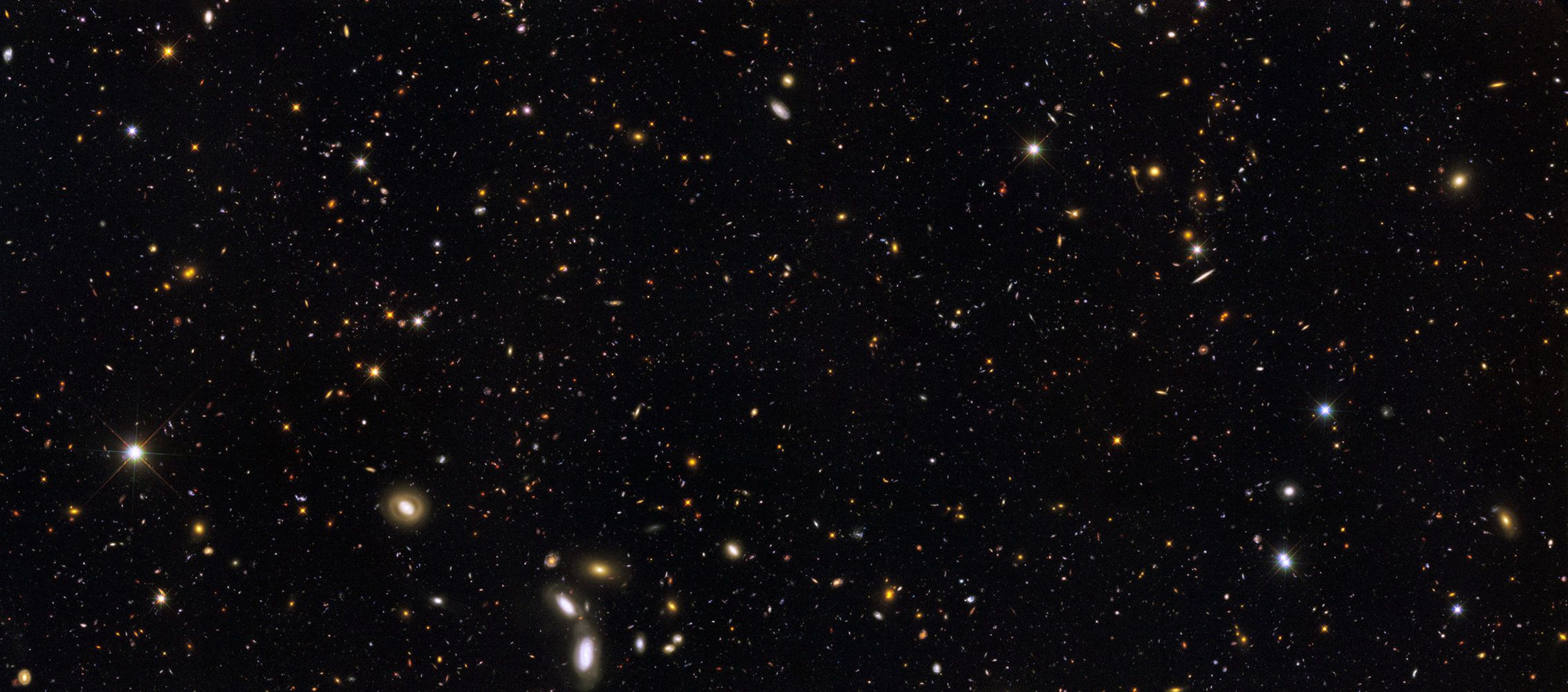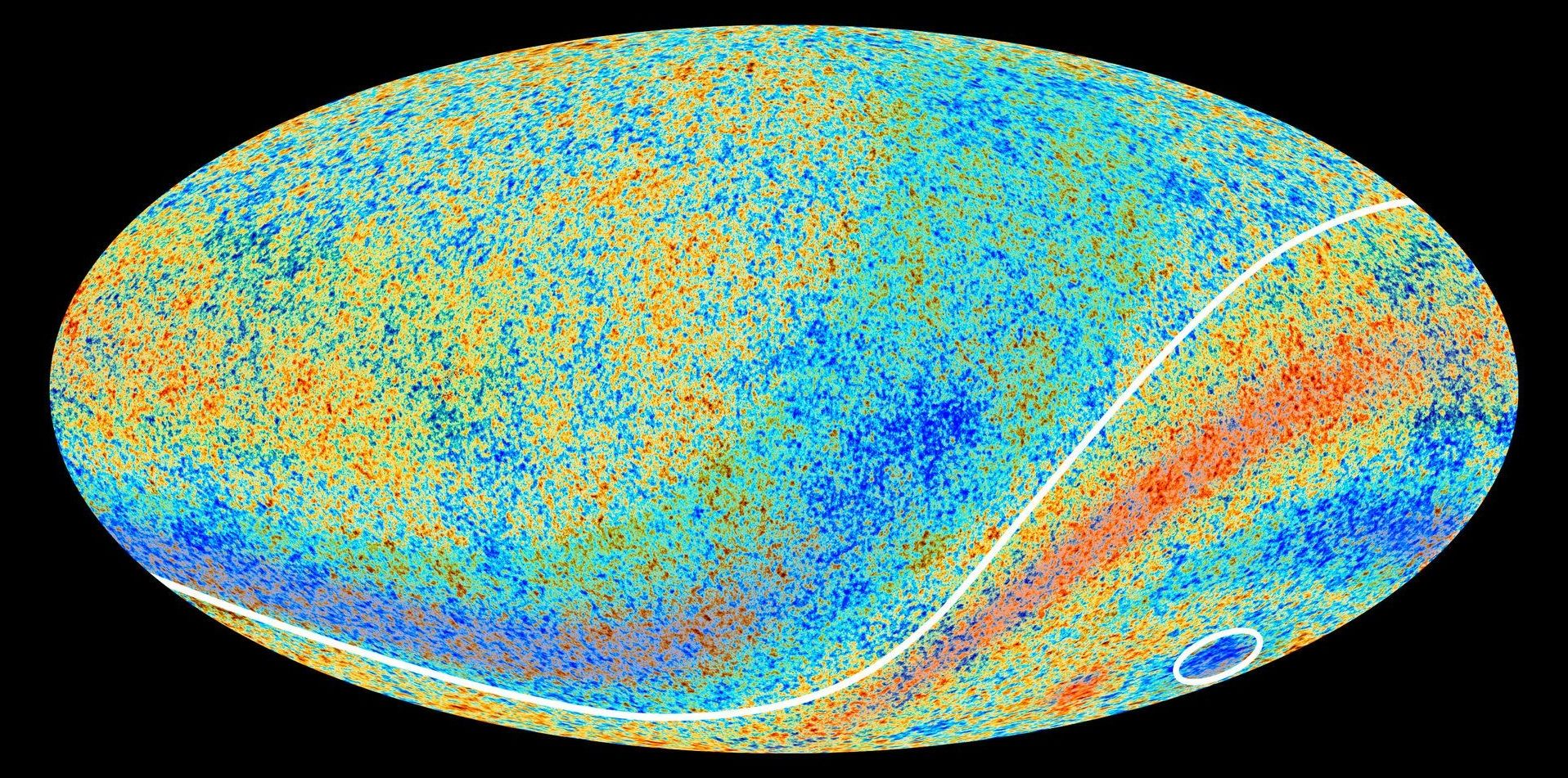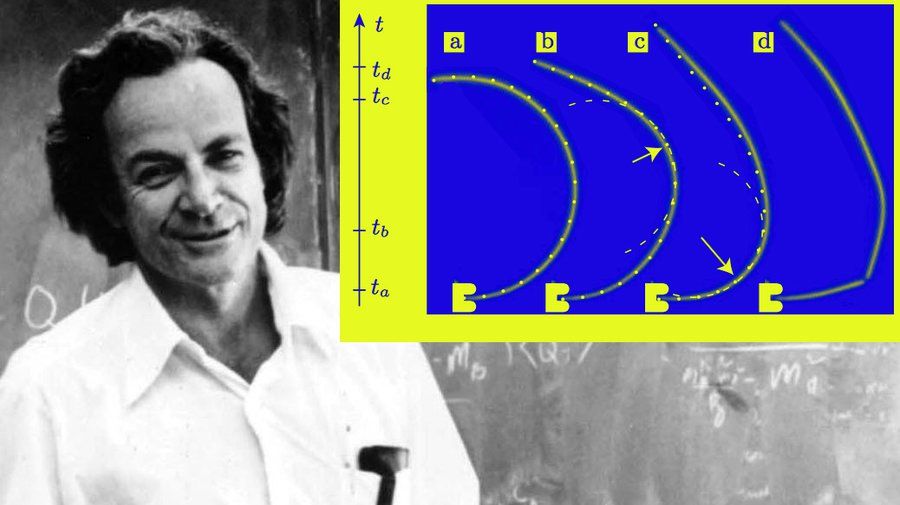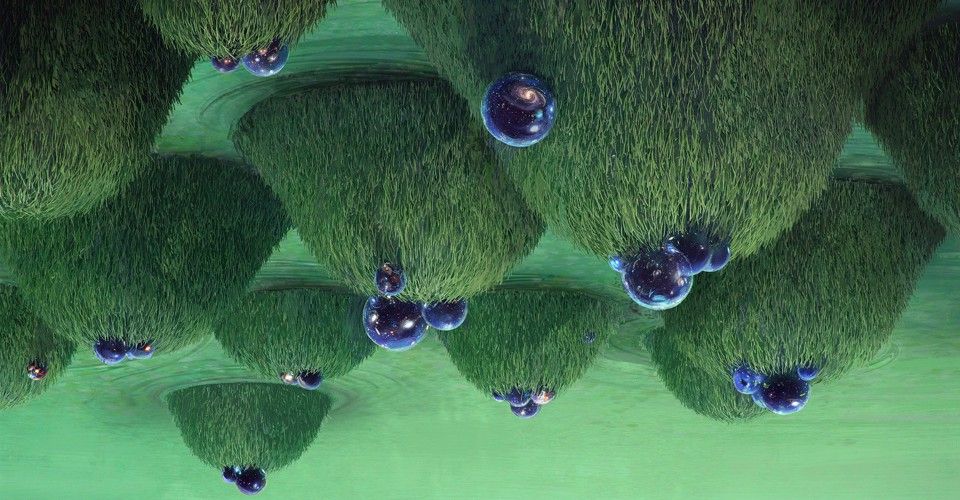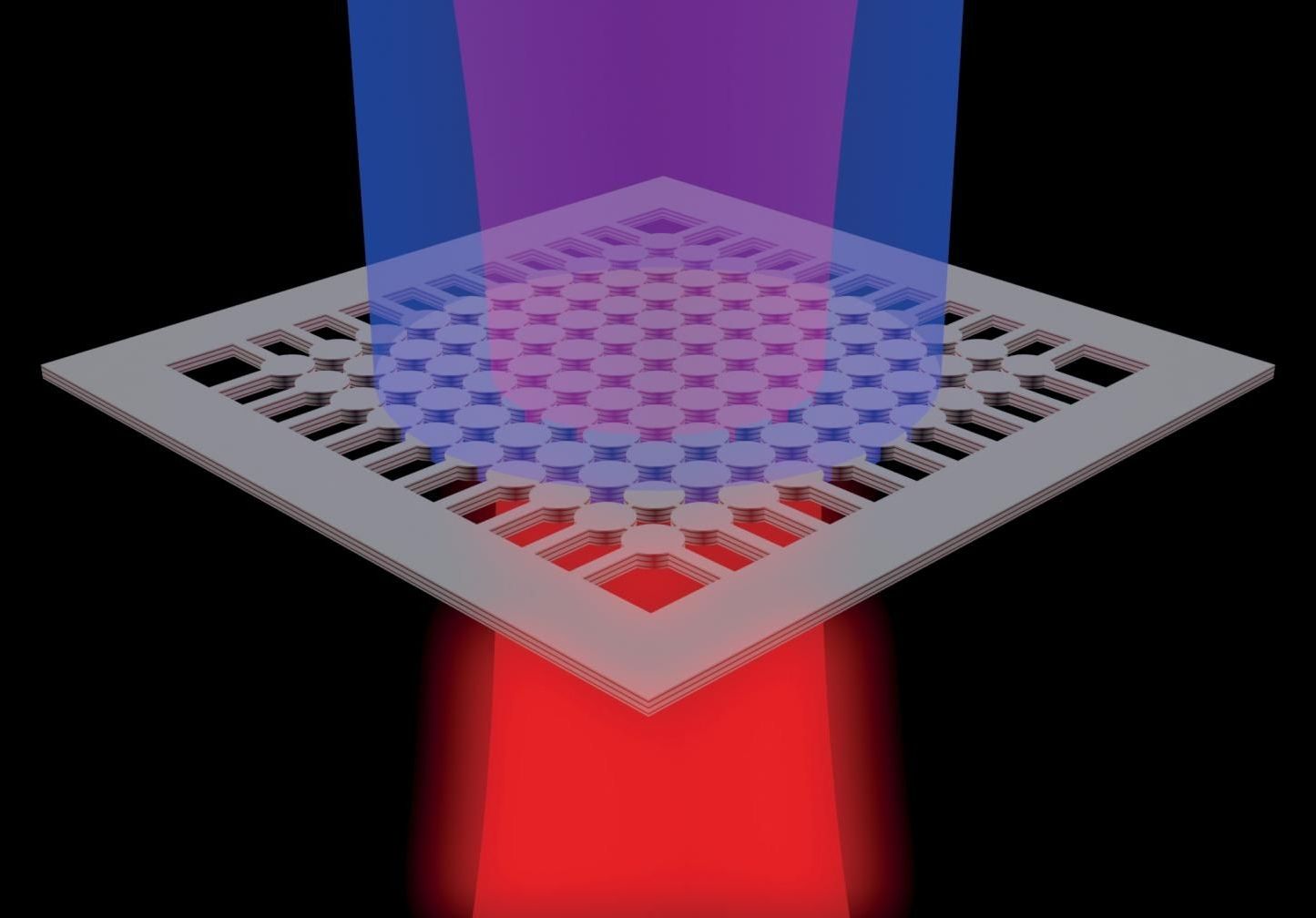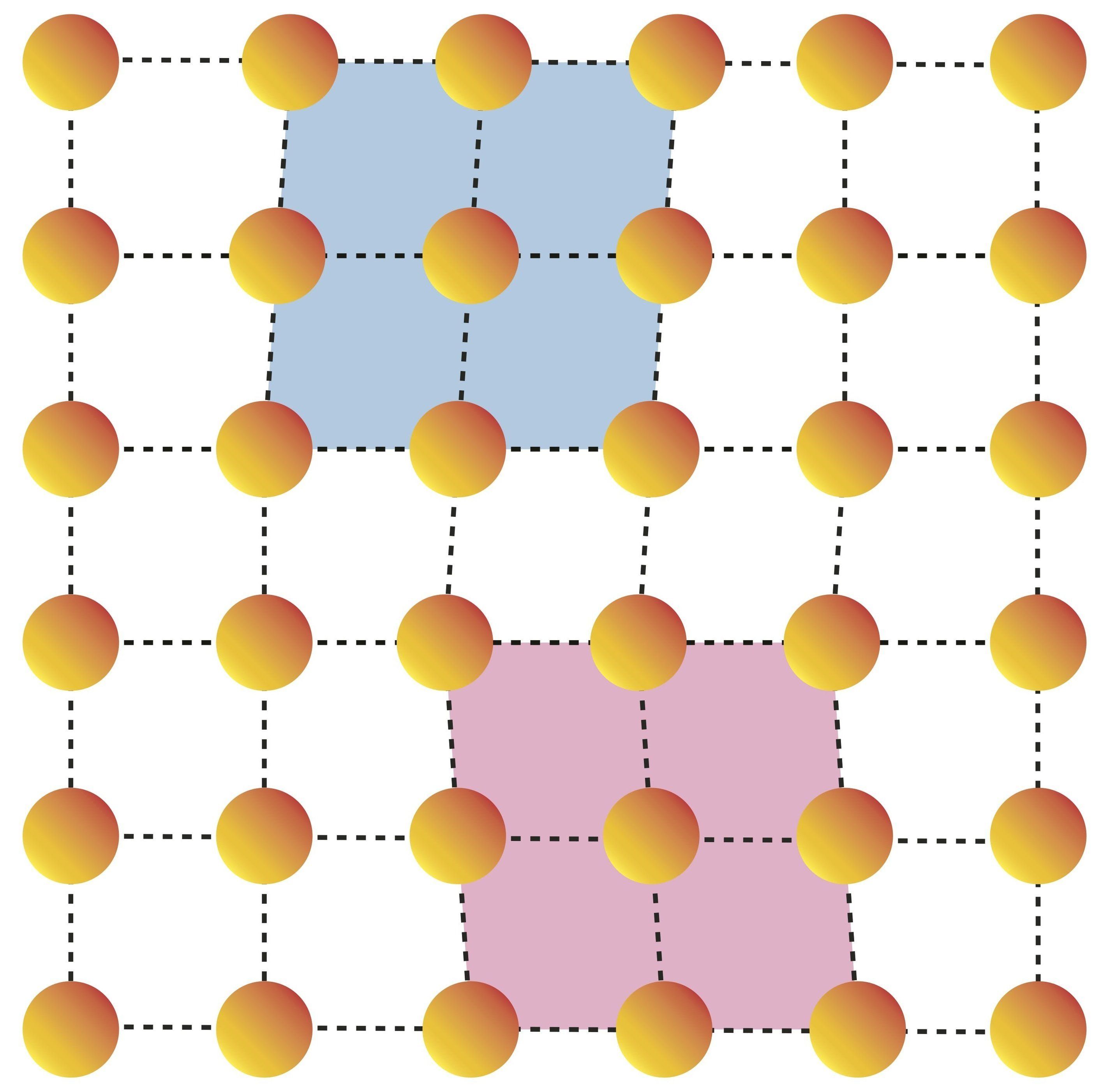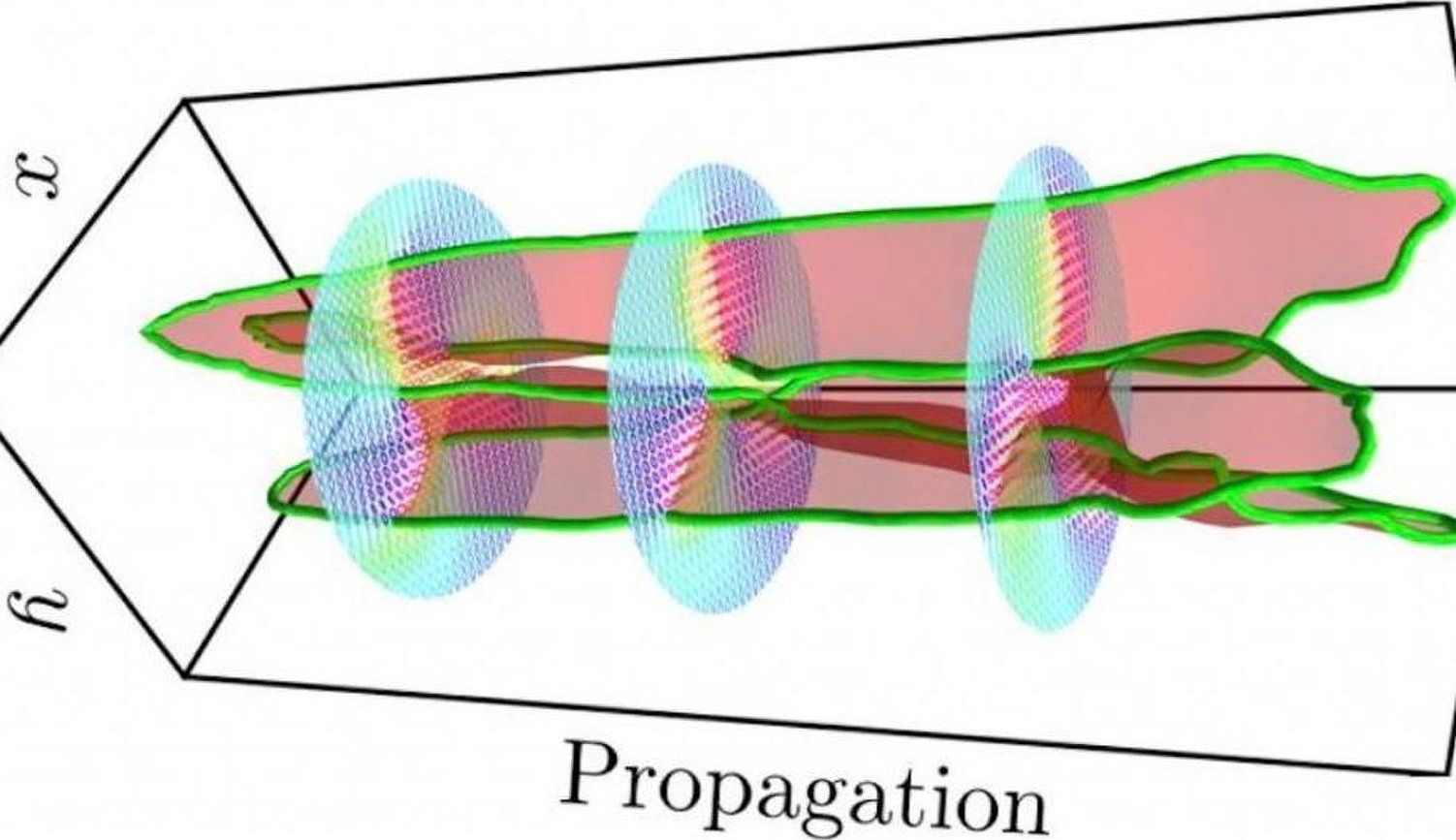Archive for the ‘physics’ category: Page 247
Aug 27, 2018
What Is Nothing? Martin Rees Q&A
Posted by Genevieve Klien in categories: cosmology, physics
This article was originally published at The Conversation. The publication contributed the article to Space.com’s Expert Voices: Op-Ed & Insights.
Philosophers have debated the nature of “nothing” for thousands of years, but what has modern science got to say about it? In an interview with The Conversation, Martin Rees, Astronomer Royal and Emeritus Professor of Cosmology and Astrophysics at the University of Cambridge, explains that when physicists talk about nothing, they mean empty space (vacuum). This may sound straightforward, but experiments show that empty space isn’t really empty – there’s a mysterious energy latent in it which can tell us something about the fate of the universe.
Rees was interviewed for The Conversation’s Anthill podcast on Nothing. This Q&A is based on an edited transcript of that interview.
Aug 22, 2018
Physicists Think They’ve Spotted the Ghosts of Black Holes from Another Universe
Posted by Genevieve Klien in categories: cosmology, physics
Weird patches of the sky where the cosmic microwave background radiation looks funny could be signs of long-dead universes, physicist Roger Penrose said.
Aug 18, 2018
The snapback effect: Richard Feynman’s famed physics puzzle finally gets solved
Posted by Genevieve Klien in category: physics
Aug 18, 2018
The Universe as We Understand It May Be Impossible
Posted by Michael Lance in categories: physics, space
A new conjecture in physics challenges the leading “theory of everything.” (Via The Atlantic)
Aug 17, 2018
Another way for stellar-mass black holes to grow larger
Posted by Genevieve Klien in categories: cosmology, physics
A trio of researchers with The University of Hong Kong, Academia Sinica Institute of Astronomy and Astrophysics in Taiwan and Northwestern University in the U.S., has come up with an alternative theory to explain how some stellar-mass black holes can grow bigger than others. In their paper published in The Astrophysical Journal Letters, Shu-Xu Yi, K.S. Cheng and Ronald Taam describe their theory and how it might work.
Since the initial detection of gravitational waves three years ago, five more detections have been observed—and five of the total have been traced back to emissions created by two stellar-mass black holes merging. The sixth was attributed to neutron stars merging. As part of their studies of such detections, space researchers have been surprised by the size of the stellar-mass black holes producing the gravity waves—they were bigger than other stellar-mass black holes. Their larger size has thus far been explained by the theory that they grew larger because they began their lives as stars that contained very small amounts of metal—stars with traces of metals would retain most of their mass because they produce weaker solar winds. In this new effort, the researchers suggest another possible way for stellar-mass black holes to grow larger than normal.
The new theory starts out by noting that some supermassive black holes at the hearts of galaxies are surrounded by a disk of gas and dust. In such galaxies, there are often stars lying just outside the disk—stars that could evolve to become stellar-mass black holes. The researchers suggest that it is possible that sometimes, pairs of these stars wind up in the disk as they evolve into black holes. Such stellar-mass black holes would pull in material from the disk, causing them to grow larger. The researchers note that if such a scenario were to play out, it is also possible that the two merging stars could wind up with a synchronized spin resulting in a stellar-mass black hole that produces more gravity waves than if the spins had not been synchronized, making them easier for researchers to spot.
Aug 16, 2018
Settling Arguments About Hydrogen With 168 Giant Lasers
Posted by Genevieve Klien in categories: physics, space
With gentle pulses from gigantic lasers, scientists at Lawrence Livermore National Laboratory in California transformed hydrogen into droplets of shiny liquid metal.
Their research, reported on Thursday in the journal Science, could improve understanding of giant gas planets like Jupiter and Saturn whose interiors are believed to be awash with liquid metallic hydrogen.
The findings could also help settle some fractious debates over the physics of the lightest and most abundant element in the universe.
Continue reading “Settling Arguments About Hydrogen With 168 Giant Lasers” »
Aug 8, 2018
New laser based on unusual physics phenomenon could improve telecommunications, computing
Posted by Klaus Baldauf in categories: computing, engineering, physics
Researchers at the University of California San Diego have demonstrated the world’s first laser based on an unconventional wave physics phenomenon called bound states in the continuum. The technology could revolutionize the development of surface lasers, making them more compact and energy-efficient for communications and computing applications. The new BIC lasers could also be developed as high-power lasers for industrial and defense applications.
“Lasers are ubiquitous in the present day world, from simple everyday laser pointers to complex laser interferometers used to detect gravitational waves. Our current research will impact many areas of laser applications,” said Ashok Kodigala, an electrical engineering Ph.D. student at UC San Diego and first author of the study.
“Because they are unconventional, BIC lasers offer unique and unprecedented properties that haven’t yet been realized with existing laser technologies,” said Boubacar Kanté, electrical engineering professor at the UC San Diego Jacobs School of Engineering who led the research.
Aug 7, 2018
Physicists find surprising distortions in high-temperature superconductors
Posted by Genevieve Klien in categories: materials, physics
There’s a literal disturbance in the force that alters what physicists have long thought of as a characteristic of superconductivity, according to Rice University scientists.
Rice physicists Pengcheng Dai and Andriy Nevidomskyy and their colleagues used simulations and neutron scattering experiments that show the atomic structure of materials to reveal tiny distortions of the crystal lattice in a so-called iron pnictide compound of sodium, iron, nickel and arsenic.
These local distortions were observed among the otherwise symmetrical atomic order in the material at ultracold temperatures near the point of optimal superconductivity. They indicate researchers may have some wiggle room as they work to increase the temperature at which iron pnictides become superconductors.
Continue reading “Physicists find surprising distortions in high-temperature superconductors” »
Aug 6, 2018
Physicists Tied Laser Beams into Knots
Posted by Genevieve Klien in categories: futurism, physics
The technology could improve future precision light sources. But right now the biggest surprise is how many holes there are in a laser figure-eight.

